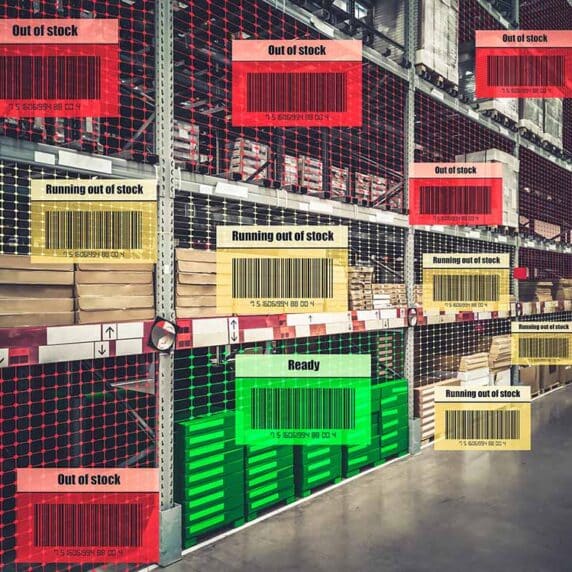Demand-Driven Supply Chain Planning in a Push Business
A question we hear often is “How can I have demand-driven supply chain planning in a push business? Demand-driven seems more appropriate to a pull strategy, the opposite of a push strategy. How can they coexist?”
To answer the question we propose looking at the supply chain of two seemingly unrelated businesses, fashion companies and poultry producers. It seems like an odd combination, but they have this in common: The initial decision of how much product to produce is not driven by a demand signal. The product must be pushed into the market because the production lead time is too long to respond to the demand signal.
It would appear that demand-driven inventory optimization software would have little to say on this matter. However, when decisions are taken in advance causing a temporary disengagement from market behavior, it is very difficult to match demand and supply on a given day. Therefore we can generate a significant improvement in business results by managing product availability in the different parts of the network. That is, by optimizing the distribution of the product along the entire sales channel, we are tuning the supply chain to the demand signal in a demand-driven manner.
For example, in the fashion business there is an initial decision about the amount of garments to make. But once that initial amount has been produced, a key planning decision is how to distribute them throughout the store network. And this decision can be optimized through multi-echelon inventory optimization (MEIO). Using a previous campaign as a base reference, the system anticipates the behavior of the demand, and realizes store distribution based on multiple parameters.
If there is an oversupply (fashion products are often perishable!) this excess must be positioned at the point of sale with the lowest risk of obsolescence or expiration. If there is a scarcity of product, Distribution Replenishment Planning (DRP) software must use more advanced logic to allocate stocks according to both short-term and longer-term goals.
Poultry producers face a similar situation. The initial decision about the number of chickens to be slaughtered must be made without a specific demand signal, requiring a push distribution scheme. And that decision was made long ago and impacted by factors that behave stochastically, such as the number of eggs that became males or females, how many survive, and when they came to maturity. Inventory optimization coupled with replenishment logic are used to create a demand-driven distribution network.
The markets for poultry and fashion are more extreme situations. However, the same inventory optimization logic applies to all sectors with abundance and scarcity in the distribution network, such as the distribution of consumer products and particularly perishable products.





